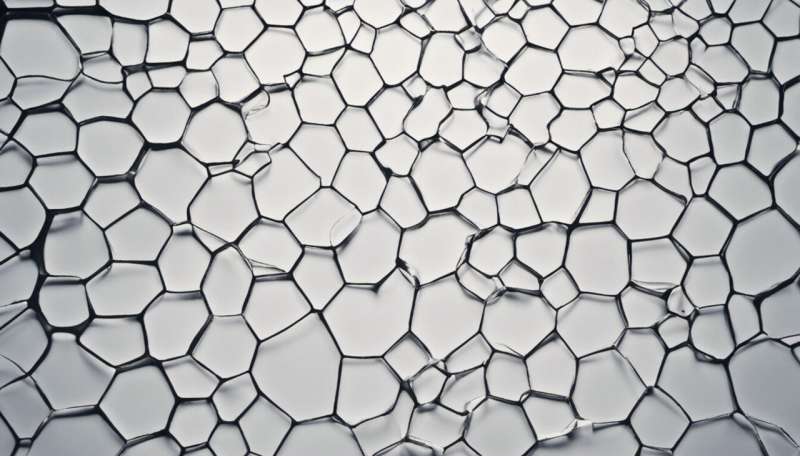Simple fermentation treatment can convert by-product of biofuel production into valuable chemical feedstock

Powered by sunlight, microalgae are tiny biofuel generators that soak up carbon dioxide to produce energy-rich lipids, which are showing promise as a potential source of clean energy. Maximizing lipid production is the focus of many research efforts, but the material remaining after lipid extraction has caught the attention of Md. Mahabubur Rahman Talukder and his co-workers at the A*STAR Institute of Chemical and Engineering Sciences. Currently, this 'lipid-depleted biomass' is either burned for energy, or simply discarded as a waste product. Talukder and his team have developed a process that turns this material into a valuable chemical feedstock.
The researchers have pioneered a two-step biochemical process that converts lipid-depleted biomass into lactic acid. This substance is in increasing demand as a feedstock for polylactic acid (PLA), a biopolymer with numerous medical applications, ranging from surgical sutures to orthopedic implants. The high cost of raw materials used in the manufacture of lactic acid currently limits PLA use. Thus, producing an alternative source from algal lipid-extraction waste is proving attractive. Generating two valuable products from the algae, specifically the microalgae Nannochloropsis salina, would spread the costs of microalgae production, making the biofuel more cost-competitive with conventional fuels.
To produce both lipid and lactic acid from N. salina, Talukder and his co-workers first subjected the microalgae to an acid hydrolysis pre-treatment step. This process broke down the organisms' polysaccharide-based cell walls into simple sugars, while releasing the lipid for extraction. The researchers also systematically examined different acid concentrations, reaction times and temperatures. They identified that treatment for 1 hour at 120 °C maximizes sugar and lipid production.
When Talukder and his co-workers extracted the lipid at this point, the lipid-depleted biomass, now rich in sugars, remained. They converted this material into lactic acid by fermentation. The team then added the bacterium Lactobacillus pentosus, which consumed the sugars over a 48-hour period, to generate the lactic acid.
The researchers found that, to maximize lactic acid production, they first had to remove metal ions from the mixture. Microalgae harvesting typically involves an iron chloride treatment, but the residual iron appeared to inhibit fermentation. "One of the next steps in our research will be to develop a chemical-free microalgae harvesting method so that fermentation will not be negatively affected," Talukder says. The researchers are also screening different bacterial strains for higher lactic acid productivity, and developing their current two-step process into a single-step operation.
More information: Talukder, Md. M. R., Das, P. & Wu, J. C. Microalgae (Nannochloropsis salina) biomass to lactic acid and lipid. Biochemical Engineering Journal 68, 109–113 (2012). www.sciencedirect.com/science/ … ii/S1369703X1200191X

















